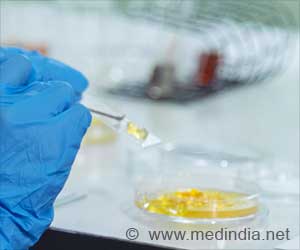
‘The new technique which uses optical tweezers show that gene mutations responsible for mental-health diseases change molecular interactions by a few piconewtons.’
Tweet it Now
Measuring Gene Mutations Gene mutations that cause disease physically alter the interactions of molecules that cells use to communicate with each other. Until now, scientists have had no easy way to measure the incredibly subtle changes in these interaction forces.
But researcher J. Julius Zhu, PhD, of the University of Virginia School of Medicine, and his collaborators have developed a method to accurately and efficiently calculate these tiny changes. It's a feat that requires incredible precision: Force is typically measured in newtons - the amount of force needed to accelerate one kilogram of mass one meter per second squared - but Zhu's technique measures on a scale of piconewtons - one trillionth of a newton.
Zhu, of UVA's Department of Pharmacology, and his colleagues have used the new technique to show that gene mutations responsible for mental-health diseases change molecular interactions by a few piconewtons.
These small changes then have a tremendous ripple effect. The researchers found the molecular changes lead to harmful changes in how the cells communicate - and, ultimately, in cognitive ability.
Advertisement
Diagnosing Disease
Advertisement
Using the optical tweezers, the scientists can measure the force required to break up intermolecular bonds between the signaling molecules inside the body, allowing them gauge the effects of gene mutations in patients.
The researchers say the technique is simple to do and will dramatically improve our ability to diagnose mental illness and many other diseases.
Source-Eurekalert















